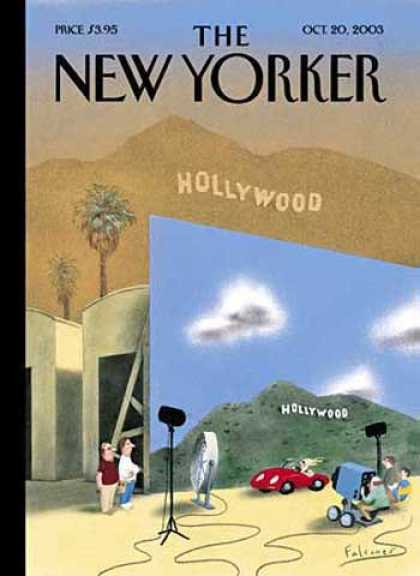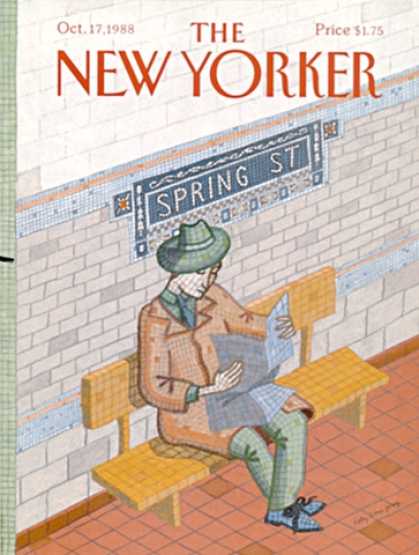Wednesday, November 9, 2011
3 Cover choices
In the Disconnected Urbanism article, the author talks about how technology disrupts the sense of place we have when we are somewhere new. I think that the three New Yorker covers shown here show an interesting dynamic of how that mindset has evolved over the years. The first cover shown is from 1925 and is a very positive outlook on technology and community. Rather than disrupting a sense of place, the new technology of the amusement park is adding to the richness of the culture of the place itself. The way that the technology so effortlessly integrates with the community shows that the point of view of the artist is a polar opposite from that of the article. The second cover shown is also a positive outlook on technology because it also shows how technology becomes a part of the place itself. People immediately recognize this image as a subway station in New York City because it is an image that is signature to the place, therefore the technology of the subway itself is received in a positive way in regards to culture and community. The person himself in this picture is also becoming a part of the place by blending into the walls, which is exactly what the author of Disconnected Urbanism said should be happening. The final cover shown is where technology starts to be shown in a negative fashion. In this cover the technology is not becoming a part of the place, rather it is trying to change how people perceive it. The technology of special effects makes the actual place seem less grand in comparison, therefore when someone is in the actual place it loses its luster. This makes life seem more centered around the technological world than the real one. All in all, these three covers together illustrate people's changing view of technology, as well as how technology went from something that added to culture and a sense of place to something that takes away from it.
Subscribe to:
Post Comments (Atom)



Interesting narrative--why is the subway such a positive machine--or why would the author of disconnected urbanism say it was?
ReplyDelete